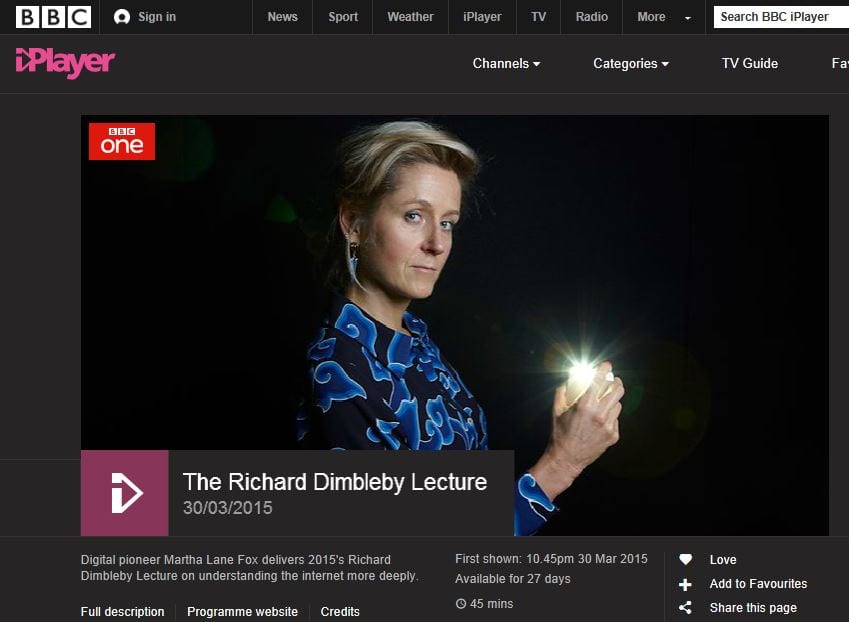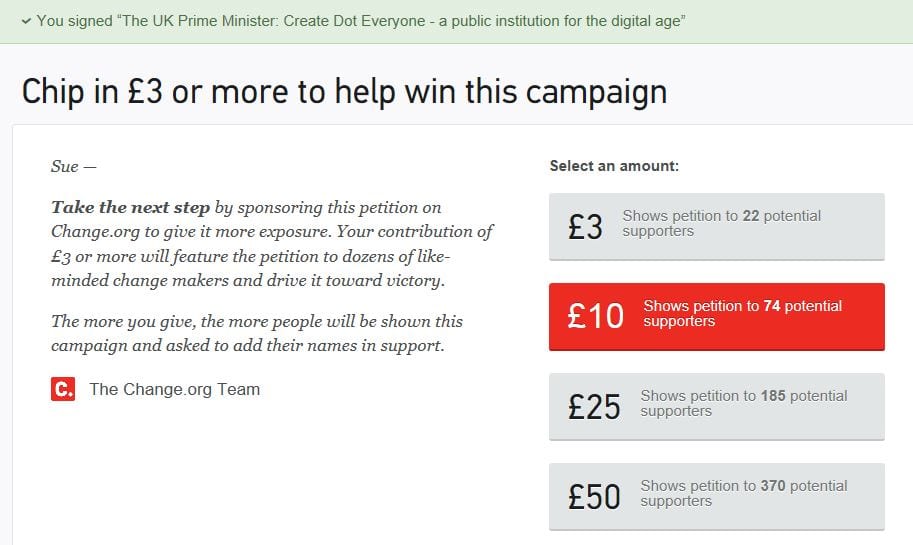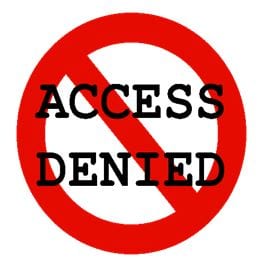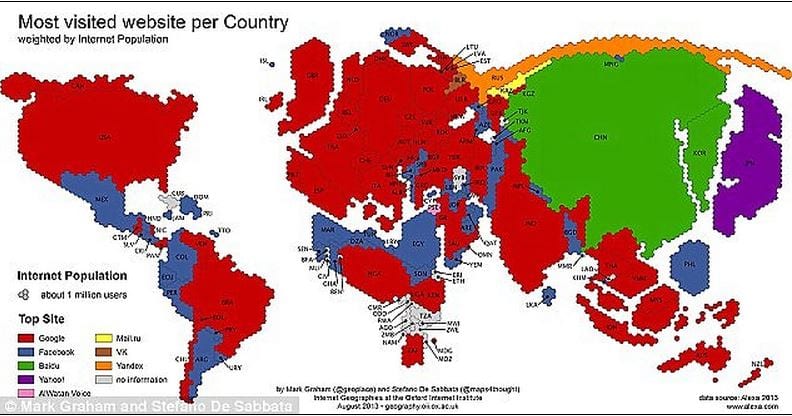Technology is a great change-agent. Over the past two decades internet access has influenced teaching and learning, some would say disrupted it, by challenging traditional pedagogical patterns and relationships. Students can be directed to information sources rather than their teachers being that source, offering the potential for more autonomous learning. Traditional text and images are being supplemented or replaced by audio and video while investments continue to be made to educational technology infrastructures. Yet evidence of impact on learning itself remains scarce.
Now there’s a new kid on the block. Apps for supporting education. Jisc is taking a lead on promoting mobile and linking it to inclusive practice.
‘…the ability for learners to personalise their device, to have it constantly set up for their use, removes a barrier to learning. Far from providing a hindrance, therefore, mobile learning is a great boon to students with disabilities. http://www.jisc.ac.uk/guides/mobile-learning/mobile-learning-myths
At a time when institutions are needing to consider their duty to make reasonable adjustments, in particular with regard to the provision of teaching and learning resources due to proposed changes to the DSA, JISC are suggesting APP-Awareness might help.
‘Smart phones and tablet devices can provide students who have physical, cognitive or sensory limitations with a portable alternative to specialist hardware and software.’ http://www.jisc.ac.uk/blog/are-you-using-mobile-technologies-to-support-inclusive-practice-10-apr-2015
Aside from personal views on determinist approaches to educational technology and the danger of BYOD being digitally divisive, I see this as a step in the right direction. Jisc have created opportunities to talk about accessibility and the app-potential for ‘personalisation features that can be changed to suit learner preferences’ (op.cit.)
For Apps to work, the content they’re working with has to be inclusive. This means barriers to App-access have to be identified and removed. To be App-aware is to consider accessibility and take it seriously. Apps might even be the way to reconsider the whole issue of access and digital divides.
So I’d say Go JISC. Go Mobile. Let’s all get Appy.








